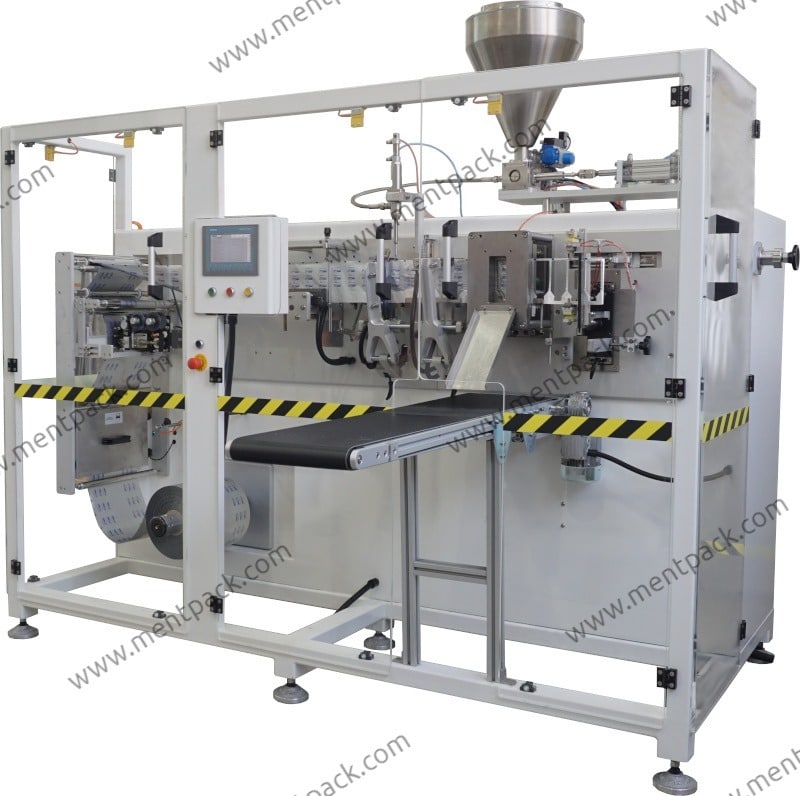A horizontal sachet packing machine packs of liquid and powder products in various industries. These machines are helpful for the manufacturers and they are bought by many of them. It saves the floor and gives appropriate results. The products are sealed packed without any need of extra-large horizontal sachet packing machine and highly qualified people are there to operate it. This machine is simple to use and it can bring a higher profit. This machine operates in a similar fashion to the multilane pack machines. There are, however, few differences. There is a large film roll attached that has half-sliced packets. They further make the filled sachet packets. It has a speed of finishing about 80 cycles of a lane in a minute.
Furthermore, the horizontal sachet packing machine can work easily and it has simple working features. Following are the steps that one should follow in order to operate this machine easily.
- The first step is to fill the roller with a single sheet of film. This roller has placed referred to as roll stock. If you desire to unwind it, you can use the motor-driven rollers. These rollers are situated behind the machine.
- A printer or a date stamping machine is also attached to The date is stamped by fitting the film over the sliding roller. Sensor is attached to the machine that makes sure that the date is printed accurately.
- The film goes towards the braking rollers so that the film can be under constant pressure. This step is to make sure that the film stays in its place while the machine is doing its work. if the film is not in its place, the sensors detect it and rearrange it automatically.
- In the next step, the round knife cuts the film such that the back and front are visible. The back one goes in the printer and the front one-fold to meet the divided part again.
- In the next step, the strips are shaped and sachet is formed. It is then fills with the required product with an accurate and equal amount. The product is then be sealed and dispatched to distribute it to the customers.
The horizontal sachet packing machine is one of the best machines that can work for you to bring forth better packing facility. It makes it easy for you to pack the products at limited space and time.

